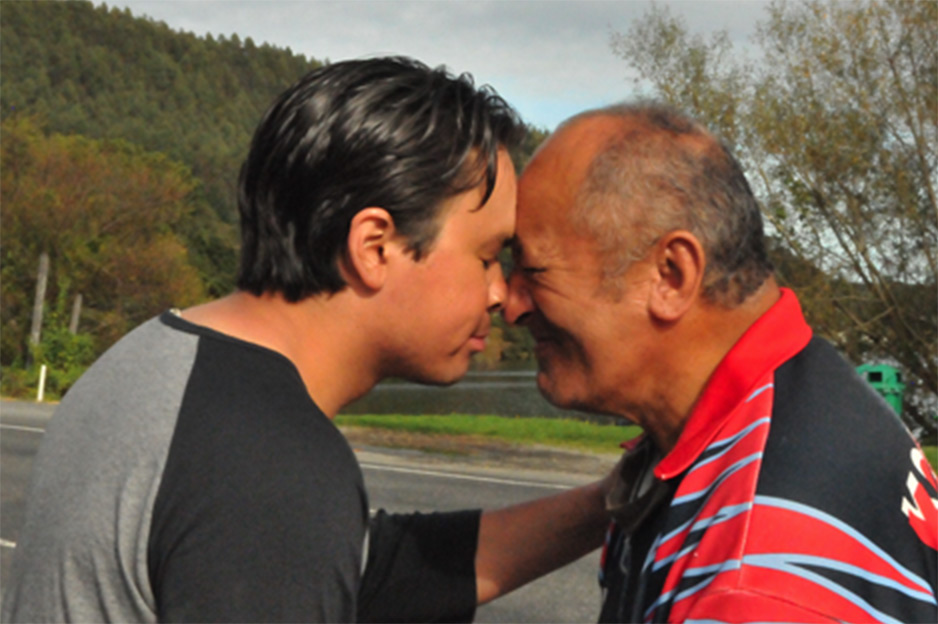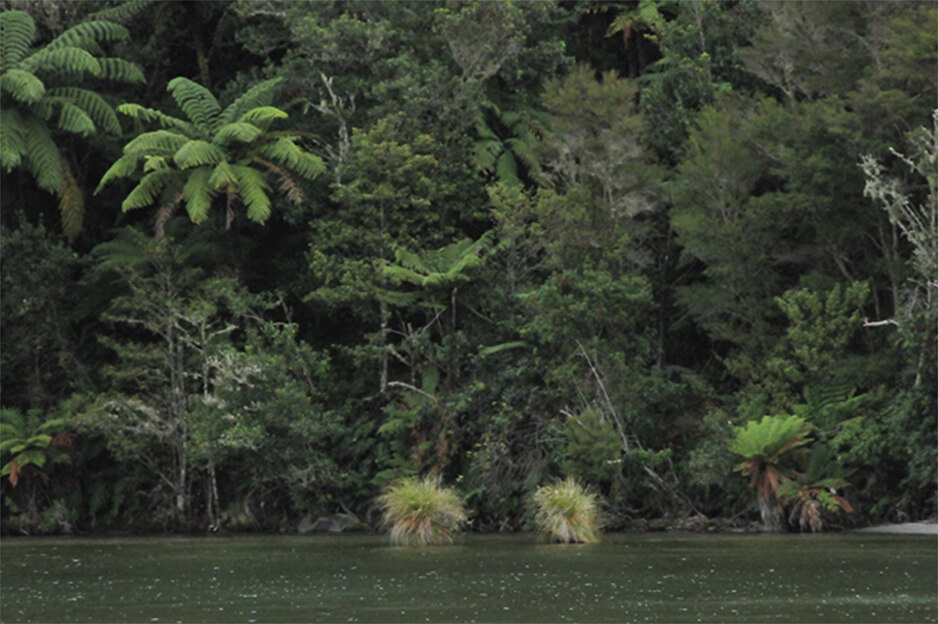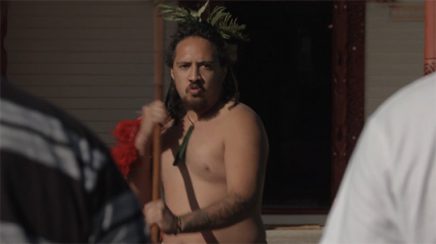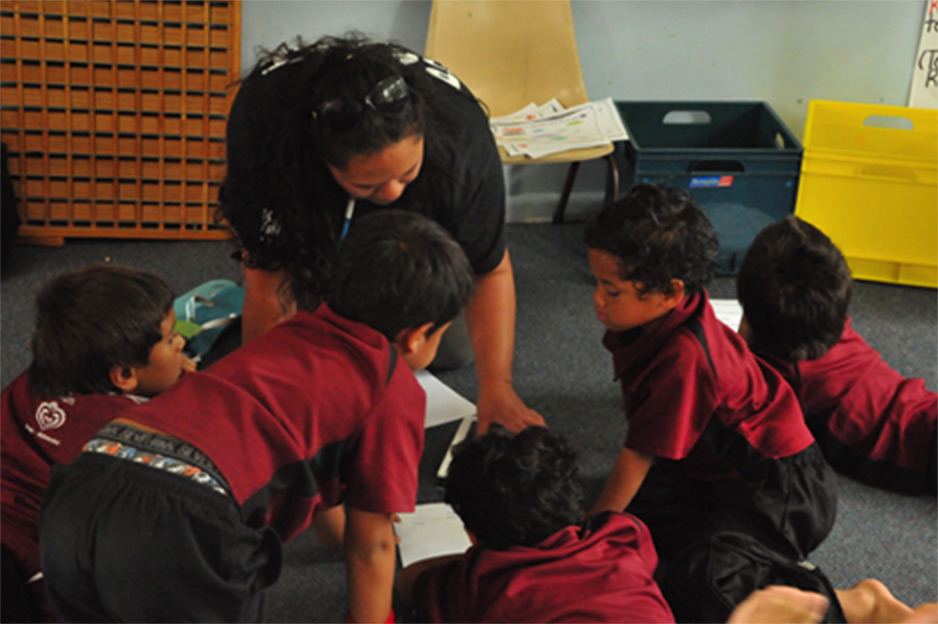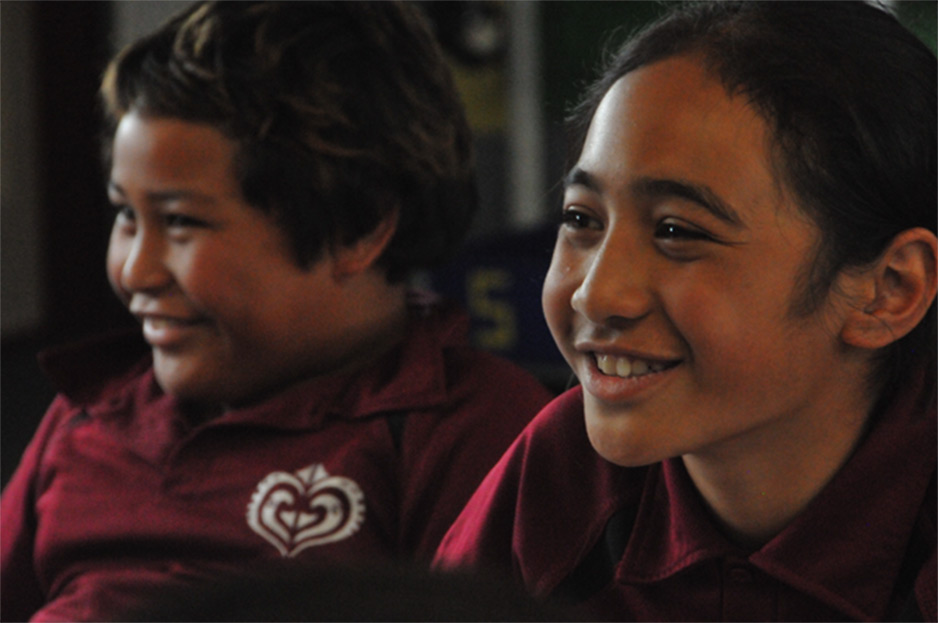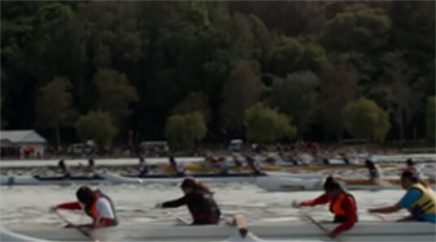Since the first steps of man, Native peoples have shared a spiritual connection with mother earth; a belief that sustains us, shapes our cultures, and gives us faith.
My Name is Simon Baker and I’ve come to New Zealand’s largest city, to meet with Dr. Dan Hikuroa, an Earth Scientist and Research Director at the University of Auckland.

Dan is also conducting groundbreaking research with Maori leaders Colleen Skerrett and Tomai Fox who are fighting to bring life back to a sacred lake that has been destroyed by a pulp and paper mill. He believes modern science needs to consider Maori knowledge in order to restore the Mauri – the essential life force – to Lake Rotoiti Paku.
But can the Mauri be restored?
It’s a question that Dan has been invited to help answer.

